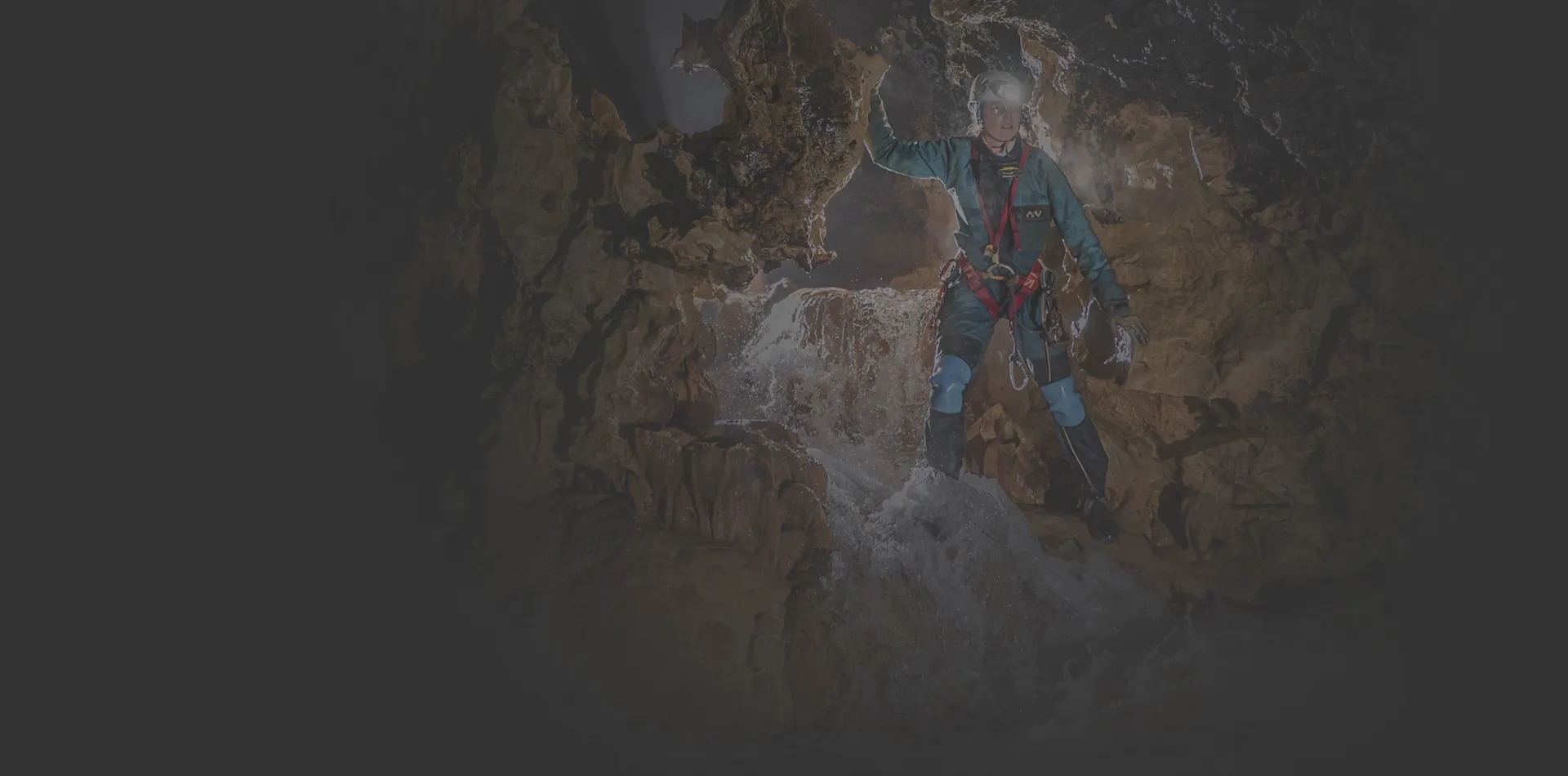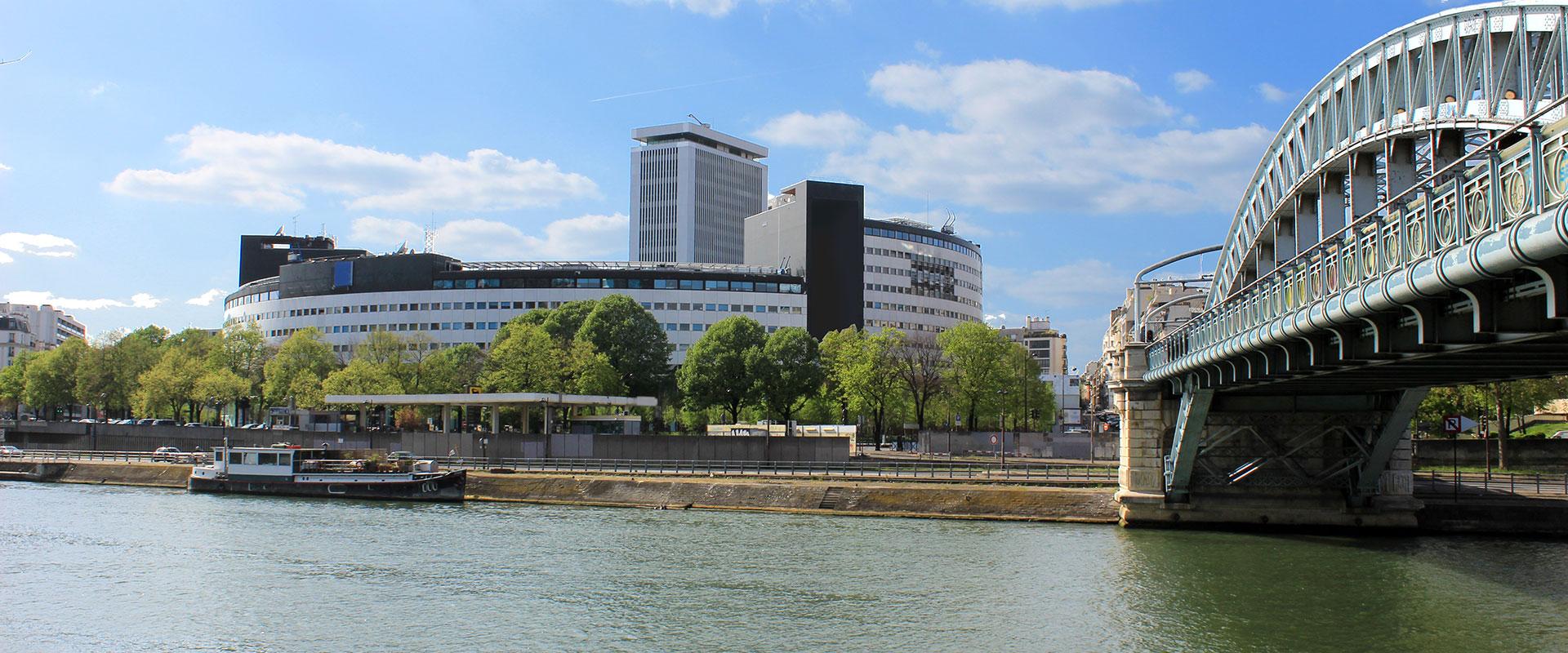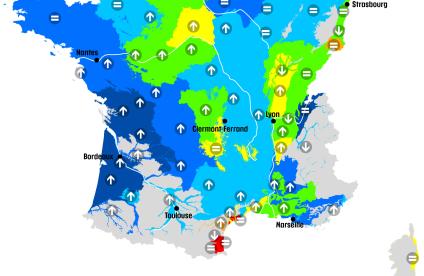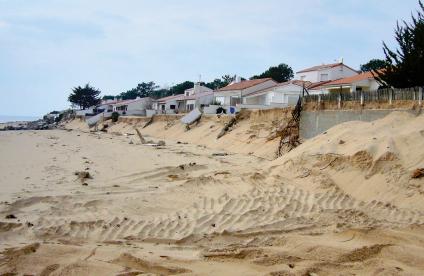The Géoscan Île-de-France campaign, undertaken by the French Agency for Ecological Transition (ADEME), the Île-de-France Region and BRGM, aims to explore deep geothermal resources in the south and west of the Paris region.
The Ile-de-France Region as a whole is currently home to Europe's largest concentration of deep geothermal facilities, but operations are less widespread in the west and south of the region, partly because the nature of its subsurface is less well known. The Géoscan project aims to remedy this situation through a comprehensive scientific campaign combining various geoscientific studies to explore an area of almost 1,900 km².
It will provide the new knowledge needed to identify geothermal potential and encourage the development of heating networks supplied by this sustainable and local energy, in response to national and regional targets for the production of heat from renewable sources.
Deep geothermal energy: presentation of the Geoscan exploration campaign in the Paris region
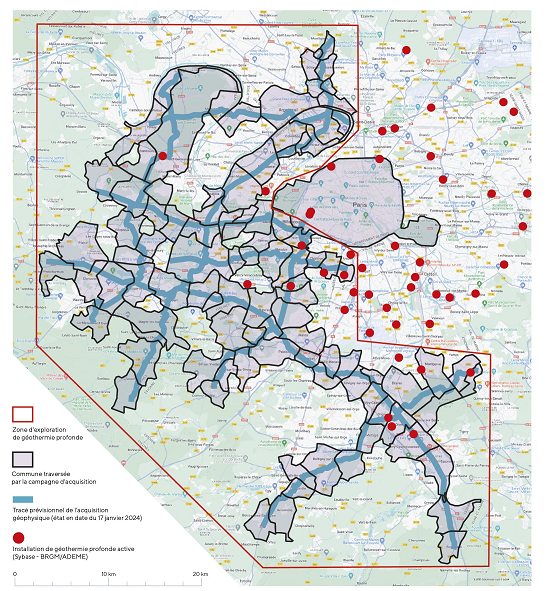
Successive stages planned for the geophysical operations to be implemented for the Géoscan project.
© BRGM
First stage of the campaign: geophysical acquisition using seismic-vibration trucks
The first and most visible result of this exploration campaign will be the acquisition of new geophysical data, using thumper trucks to generate acoustic waves that propagate through the subsurface and allow it to be imaged, as for an ultrasound scan. The thumper trucks will criss-cross the area from 26 February to 15 April, at night, between Auvernaux in the south, Jouars-Pontchartrain in the west and Montmorency in the north.
The analysis and integration of the data to be acquired and other, older data, mainly from oil exploration in the 70s and 90s, will enable interim results to be presented to professionals (local authority departments and consultancy firms) from the second half of 2024. The final results are expected in the second half of 2025 and should encourage the development of geothermal energy in the region.
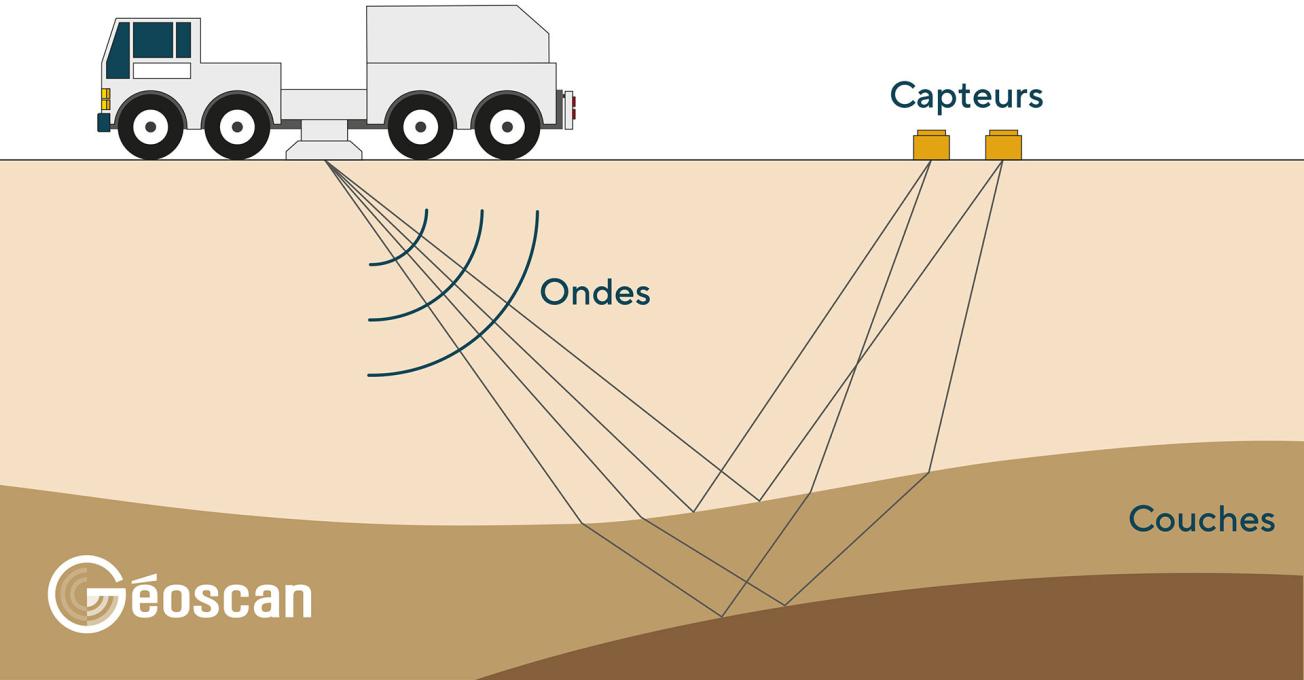
Operating principle of the thumper trucks deployed for the Géoscan project.
© Géoscan
Geothermal energy: a key asset to meet energy challenges
Developed in the 1980s in the wake of the oil crisis, deep geothermal energy has been given a new lease of life due to the rising and unstable prices of conventional energy, decarbonisation policies and a renewed need for energy sovereignty. It is driven by demand from local authorities and government measures to accelerate the deployment of geothermal energy.
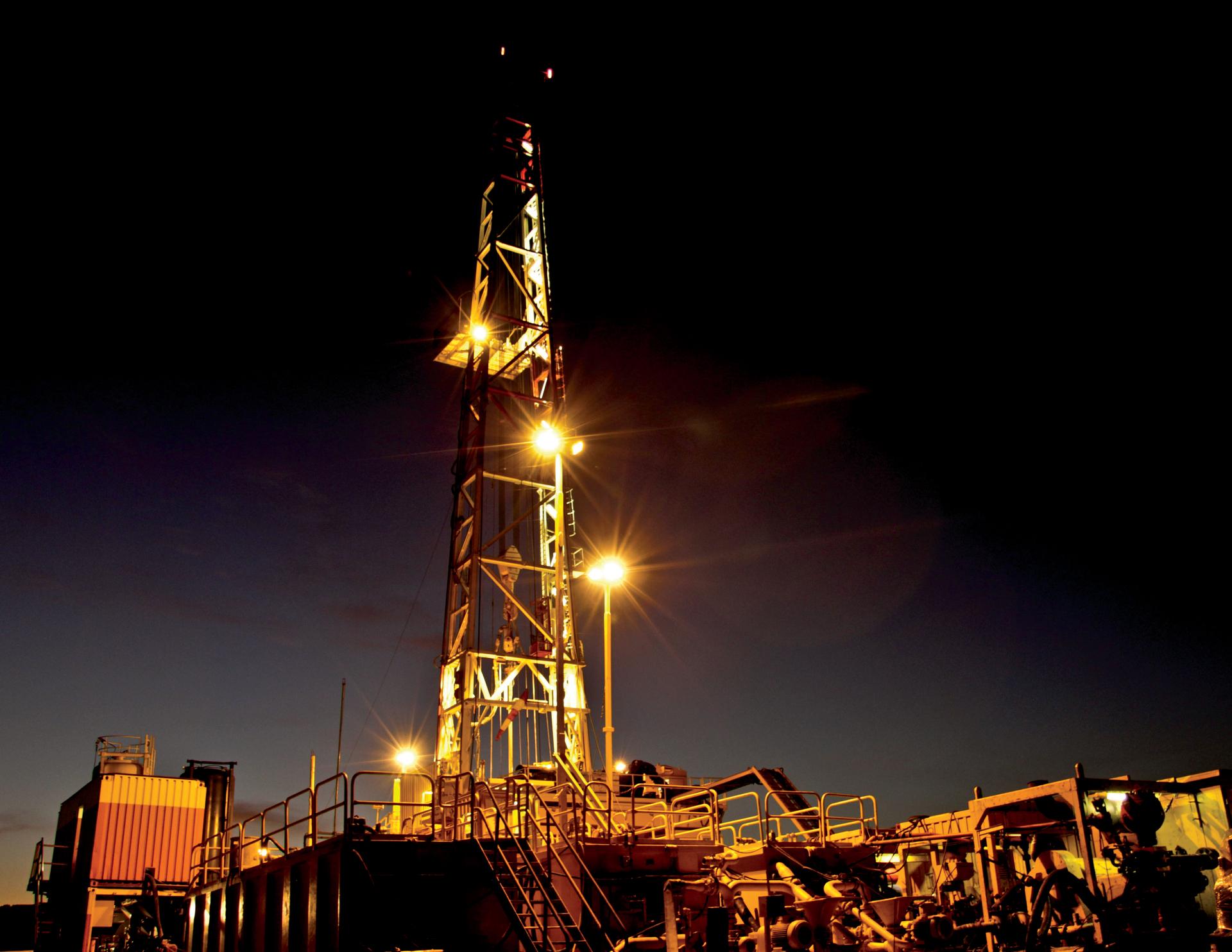
In Île-de-France, deep geothermal energy accounts for:
-
More than310000.00heated-housing equivalents
-
54.00facilities
-
400000.00tonnes of CO2 avoided compared with gas-fired heating systems
This source of heat at a stable price is the main focus of the Île-de-France Region's decarbonisation objectives. With 2/3 of the energy consumed in the region coming from residential and service sector buildings, to produce heat, geothermal heat networks are a suitable solution for the context and needs of urban areas.
The partnership between the Île-de-France Region, ADEME and BRGM led to the adoption of two agreements in 2023, totalling €3.5 million.
[Replay] Webinar: Géoscan Île-de-France
Geothermal energy
There are different types of geothermal energy. Near-surface geothermal energy uses the energy present in the subsurface at depths ranging from a few metres to 200 metres. The ground temperature is stable, between 10 and 20°C. In winter, the ground cools more slowly than the outside air and acts as a heat reservoir. In summer the reverse is true. A study undertaken by BRGM between 2020 and 2022, on behalf of the Greater Paris Metropolitan Area and ADEME, revealed the significant potential for near-surface geothermal energy in the Paris region.
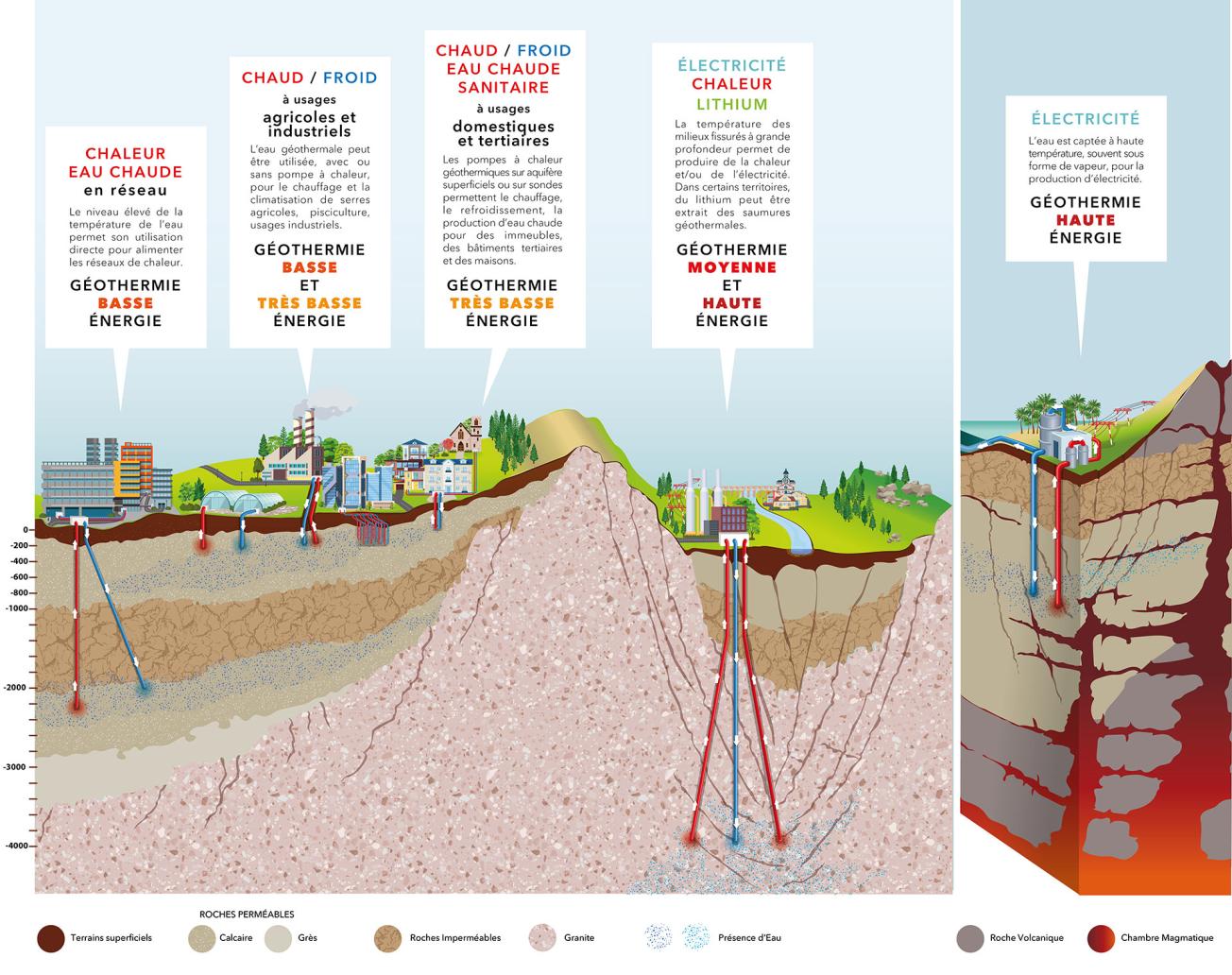
The different types of geothermal energy.
© BRGM
Deep geothermal energy harnesses the energy of the subsurface at a depth of between 200 and 3,000 metres. In France, 59 urban heating networks are supplied by deep geothermal energy. The Île-de-France Region has the largest number of facilities and accounts for most of the geothermal heat production in France, with 1.69 TWh produced in 2022. This heats more than 310,000 housing equivalents, or almost 1 million people, and avoids the emission of 400,000 tonnes of CO2 per year compared with a gas heating system. The current main target is the Dogger aquifer, located at a depth of between 1,600 and 1,800 metres, which contains water at a temperature of around 60 to 80°C. These facilities can operate continuously regardless of the outside temperature. The technology recovers energy on site, without transport or combustion. Deep geothermal energy facilities are very efficient: in existing heating networks in the Île-de-France Region, 1 kWh of electricity consumed by a facility produces around 20 kWh of heat.
Press contact

